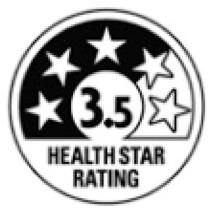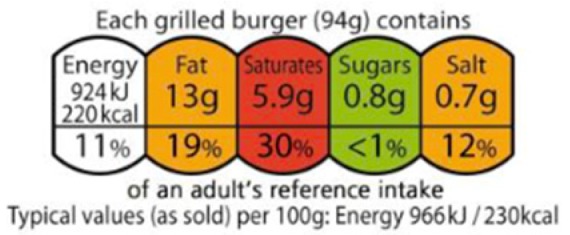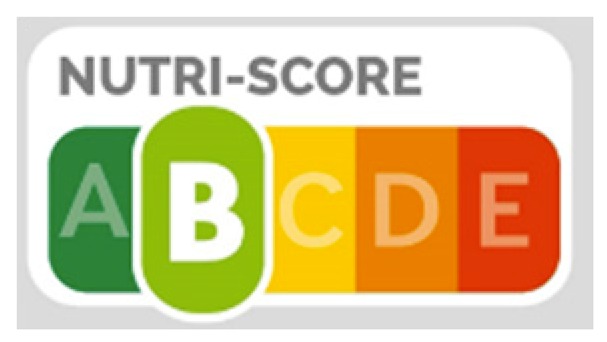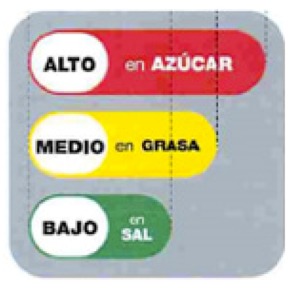Table 1.
Key characteristics for categorizing front-of-pack labelling schemes.
| Characteristics | Options | Illustrative Examples |
|---|---|---|
| Interpretive or informative provision of information | Interpretive schemes provide information to help consumers understand how healthy/unhealthy a food product is. This is often conveyed through use of colour coding, graphic symbols, or interpretive words (such as ‘high in’ or ‘low in’). |
 Health Star Rating system (Australia/New Zealand) |
| Informative schemes (sometimes known as reductive) provide factual information, with no specific judgement or guidance about the nutritional quality of a food product. |
 EU food industry Reference Intakes |
|
| Hybrid schemes provide a mix of factual information and interpretive elements. |
 UK traffic light labels combine informative reference intakes and interpretive colour coding |
|
| Summary or nutrient based | Summary schemes show an overall indicator of the healthiness of a product, based on a combination of several nutritional criteria. |
 Nutri-Score (France, Belgium, Spain, Germany) |
| Nutrient-specific schemes provide information on a set of nutrients. |
 Traffic light labels (Ecuador) |
|
| Tone of judgement (for interpretive schemes) | Labels that only identify products of a higher nutritional quality (i.e., positive judgement only). These are often referred to as ‘endorsement logos’ and are sometimes considered to be health claims rather than nutrition labels [22]. |
 Nordic Keyhole (Sweden, Denmark, Norway, Lithuania) |
| Labels that provide a graded indicator of nutritional quality or indicate levels of both nutrients/ingredients that are considered healthier and those for which consumption should be limited (positive and negative). | See Nutri-Score and the Health Star Rating | |
| Labels that only identify foods which have high levels of less healthy nutrients/ingredients for which consumption should be limited (negative only). |
 Warning labels (Chile) |
|
| Mandatory or voluntary implementation | Mandatory schemes require companies to include the specified labels on food packs. Some schemes apply to all foods, others to specific categories. | Mandatory schemes are in place in, for example, in Chile, Ecuador, Finland, Mexico, Sri Lanka, Thailand, and Uruguay. |
| Under voluntary schemes companies can choose whether or not to use the labels. In some cases, government specifies the type of label to be used, although their use is optional. Other voluntary schemes may be driven by industry or other stakeholders, and manufacturers can choose whether or not to use them. | Governments have endorsed voluntary schemes in, for example, Australia, Croatia, Finland, France, Iceland, New Zealand, Norway, Singapore, South Korea, Sweden, and United Kingdom. | |
| Range of nutrients and ingredients included | Schemes vary from those that focus on a nutrient/ingredient alone (e.g., energy or salt) to those which cover a wide range of nutrients/ingredients. Most commonly included components are sodium/salt, energy, total sugars, saturated fat, total fat, trans fatty acids, and added sugars. |
|
| Reference amount for nutrients | Nutrient calculations and/or declarations can be based on: Per 100 g/100 mL Per serving/portion size |
|
